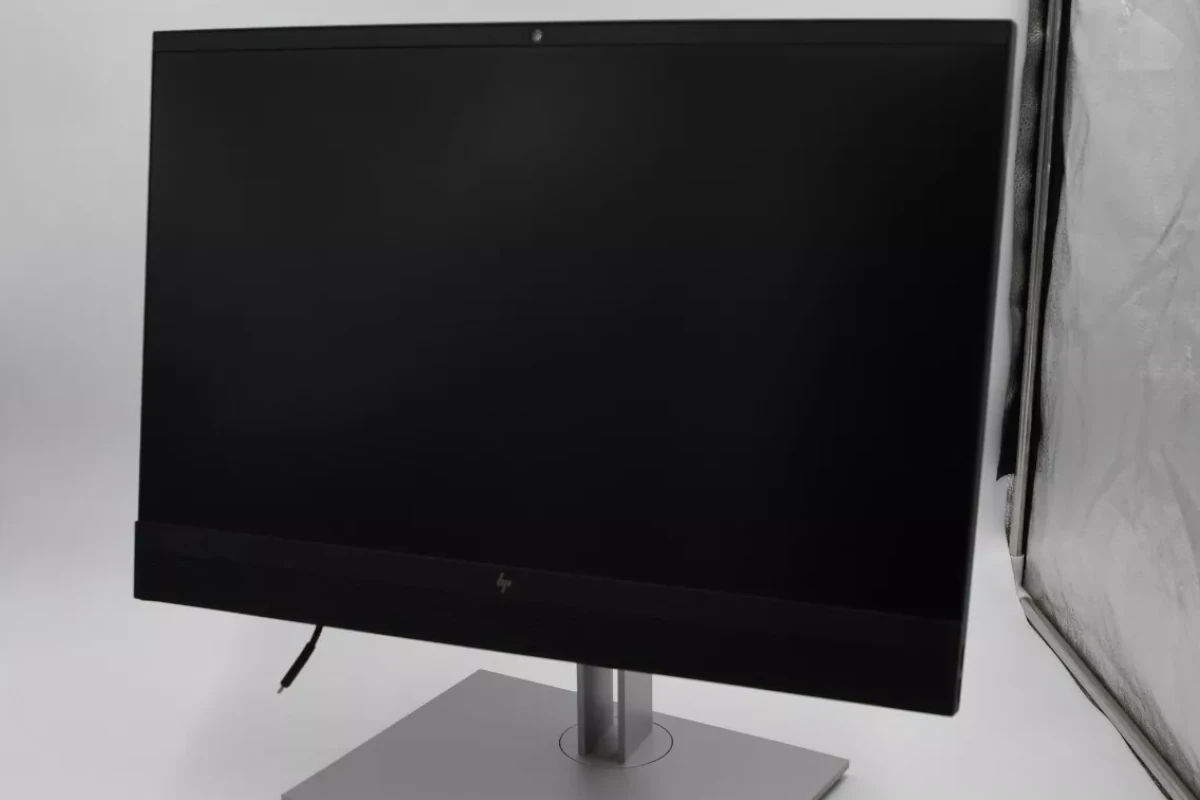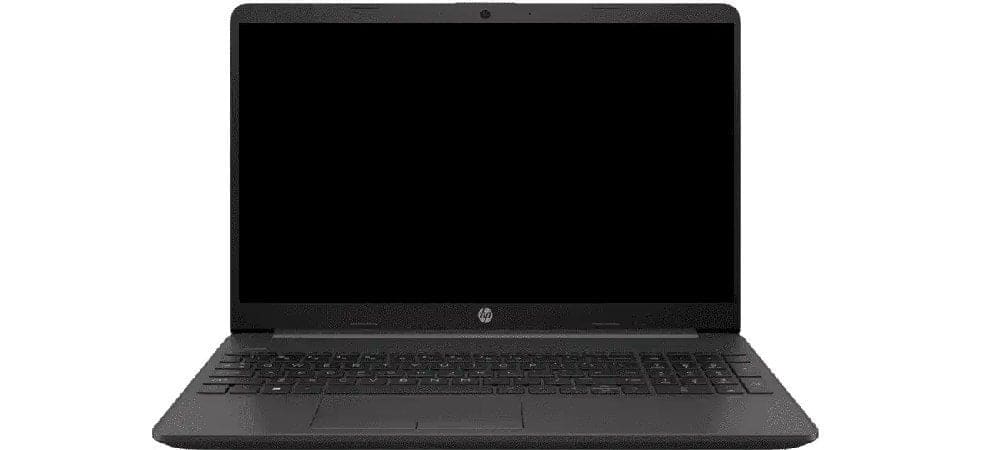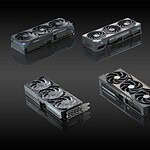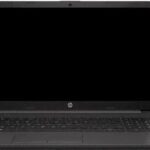When your computer turns on but shows no display, it can be frustrating. You press the power button, hear the fan, see the lights, but the screen stays blank. This problem might be caused by a simple hardware issue or a misconnection.
Ensuring all connections are secure is a good first step. Check the cables from the monitor to the PC. Loose or faulty cables often cause no display errors. Verifying the input source on the monitor can also help. Sometimes it is set to the wrong source accidentally.
Another potential fix involves your computer’s peripherals and components. Reseating the RAM and checking the graphics card can solve the issue. If none of these steps work, further troubleshooting may be needed to identify a more serious hardware failure.

Common Causes of a No-Display Issue
When your computer powers on but the screen stays black, it can feel like everything’s broken—but often, the problem is simpler than it seems. Here are the most common culprits:
- Loose or damaged display cable
- Faulty monitor
- Graphics card issues
- BIOS or firmware problems
- Faulty RAM or motherboard
- Incorrect boot sequence
Identifying where the problem lies will help you fix it faster. The next sections walk through step-by-step solutions.
Step 1: Check Monitor and Cable Connections
Before diving into internal hardware, rule out external issues.
Do this:
- Confirm the monitor is powered on.
- Make sure the display cable (HDMI, DisplayPort, DVI, VGA) is firmly plugged in at both ends.
- Try a different cable or use another display port on your computer or monitor.
- Test the monitor by plugging it into a different device.
Tip: If your monitor shows a “No Signal” message, the issue is likely with the computer or cable—not the screen itself.
Step 2: Listen for Startup Sounds and Beeps
Pay attention to what your PC does right after powering on.
| Sound/Indicator | What It Might Mean |
|---|---|
| Single beep | Normal POST (Power-On Self-Test) |
| Continuous or patterned beeps | Hardware error (RAM, GPU, CPU, etc.) |
| No beeps at all | Possible motherboard or PSU problem |
Refer to your motherboard’s manual to interpret beep codes specific to your system.
Step 3: Reset the RAM
Faulty or loose RAM can cause a system to power on with no display output.
How to reseat RAM:
- Power down the system and unplug it.
- Open the case and locate the RAM modules.
- Press the side clips to release the modules.
- Carefully reinsert them until the clips click back in place.
- Boot the system and check for display.
If reseating doesn’t work, try one RAM stick at a time to test if one is faulty.
Step 4: Check the Graphics Card
If your system has a dedicated GPU, it could be the source of the problem.
- Ensure the card is firmly seated in the PCIe slot.
- Check that any required power connectors are properly attached.
- Try removing the GPU and connecting the monitor to the motherboard’s video output (if available).
- Swap in another known-good GPU if you have access to one.
Step 5: Clear the CMOS
Resetting the BIOS can fix corrupted firmware that’s preventing the system from booting properly.
To reset the CMOS:
- Power off and unplug the system.
- Locate the CMOS battery on the motherboard (a flat, silver coin cell).
- Remove it for about 5–10 minutes, then reinstall it.
- Alternatively, use the CMOS jumper if your motherboard supports it.
This will reset BIOS settings to factory defaults.
Step 6: Inspect for Power and Motherboard Issues
If your fans spin and lights come on but there’s still no display or beep codes:
- Make sure the CPU power (4/8-pin) and main ATX power (24-pin) connectors are securely plugged into the motherboard.
- Look for damaged capacitors or burnt components.
- Try a different power supply if possible.
Diagnostic Summary Table
| Symptom | Likely Issue | Suggested Fix |
|---|---|---|
| No signal on monitor | Cable, monitor, or GPU | Check cables, try different ports |
| Beeping but no display | RAM, GPU, CPU, or motherboard | Reseat RAM, check beep codes |
| No beeps, fans running | Power or motherboard failure | Test PSU, reset CMOS |
| Display turns off after a few sec | Overheating or GPU fault | Clean components, reseat GPU |
| Monitor works on another device | PC issue confirmed | Proceed with internal troubleshooting |
Extra Tips for Troubleshooting
- Use a flashlight to check for bent CPU pins if you recently installed a new processor.
- Test on a bare setup: Disconnect everything except CPU, one RAM stick, and video output.
- If your system has dual RAM channels, try different slots or use the secondary channel.
Key Takeaways
- Verify all cables and connections.
- Check the monitor’s input source.
- Reseat RAM and check the graphics card.
Preliminary Checks and Hardware Verification
Starting with basic power checks and moving on to inspecting connections and peripherals can save time. Next, assessing the memory and motherboard can diagnose deeper hardware issues.
Power Supply Checks
First, ensure the power supply unit (PSU) works. Check if the power cables are firmly connected to both the computer and the wall socket. A faulty power cord or loose power cable can cause the computer to power on without displaying anything.
Using a multimeter can confirm if the PSU outputs the correct voltage. Some brands offer a power supply tester for a more straightforward test. If no tools are available, trying a different power supply might help. It’s also crucial to check for electrical shorts which can sometimes cause display issues.
Connection and Peripheral Inspection
Verify that all data cables, such as HDMI, VGA, DVI, or DisplayPort, are properly connected. Sometimes, a loose display cable can lead to a blank screen. Inspect the video output ports on both the monitor and the GPU for any damage or dust that might obstruct the connection.
If the problem persists, disconnect all non-essential peripherals. These include USB drives and external devices. Connecting only the essential hardware will help check if any peripheral is causing the issue. If the computer display works, add each peripheral back one by one to find the faulty one.
Memory and Motherboard Assessment
Begin with the RAM sticks. If possible, remove and reseat them. A poor connection between the memory modules and the motherboard can lead to a black screen. It could also help to test each RAM stick individually. One might be faulty.
Next, check the motherboard. Listen for any POST beep codes which can hint at specific issues. Sometimes, resetting the BIOS by removing and reinserting the CMOS battery can help. This resets the BIOS to default settings, potentially fixing any configuration problems that could cause display errors.







